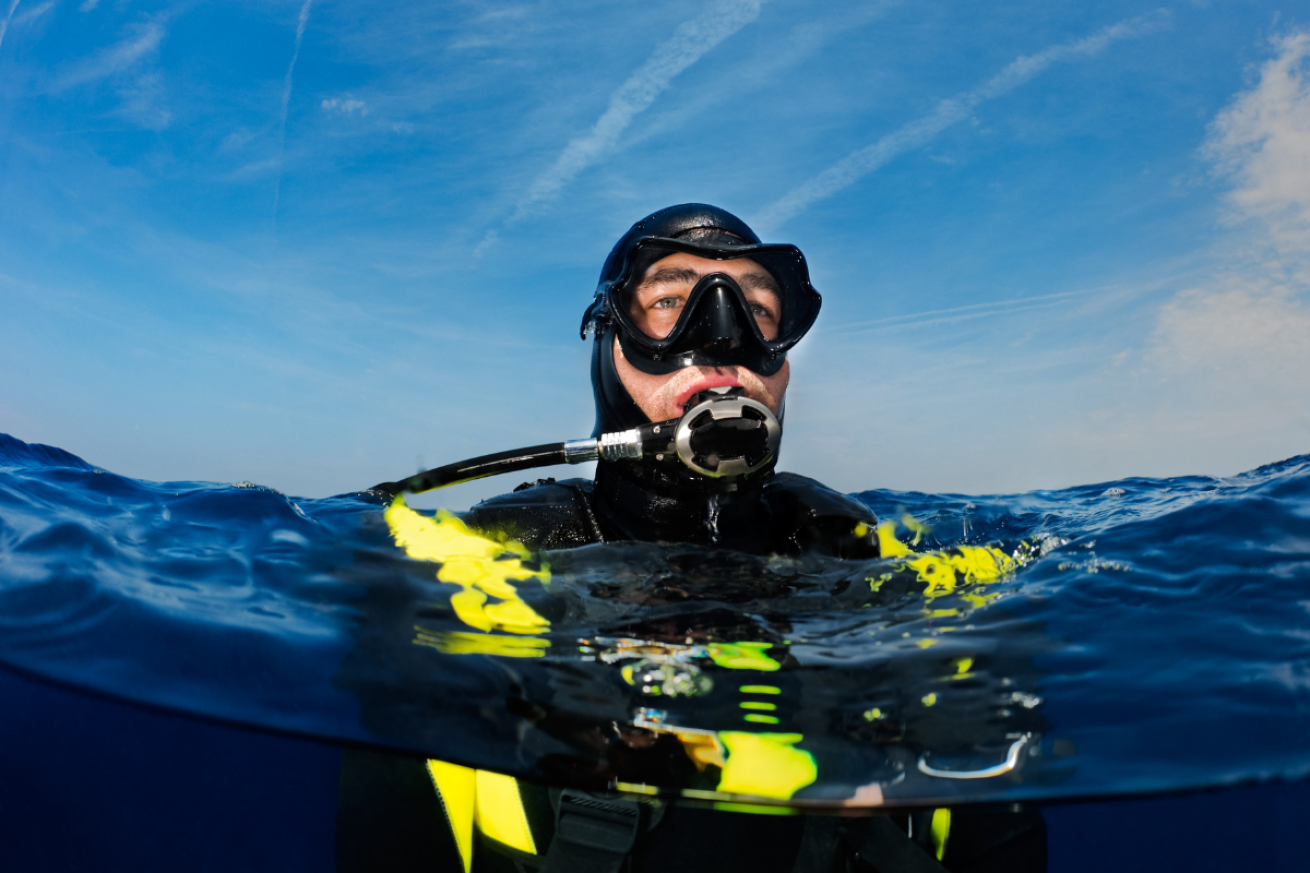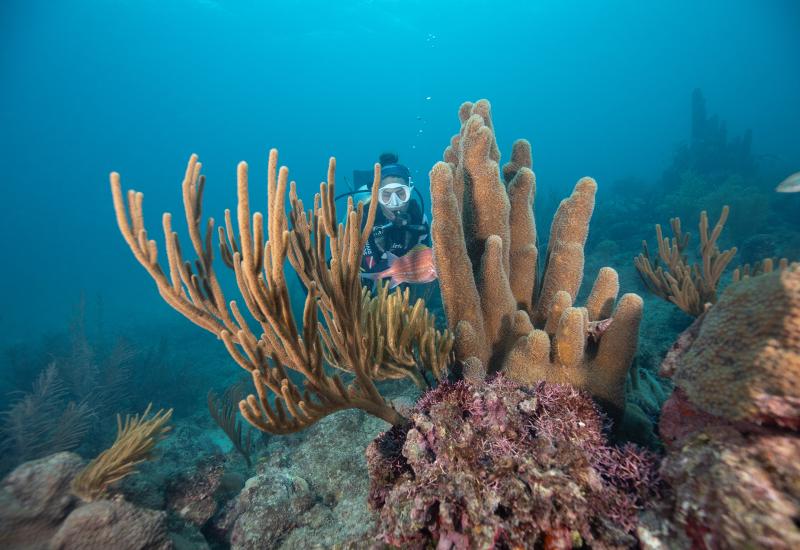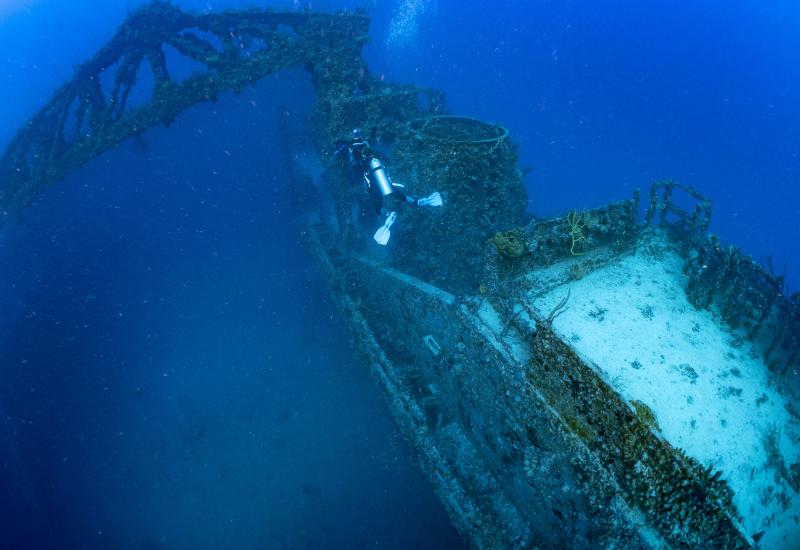ASK DAN: What is IPE, and Who is Susceptible?

Courtesy of DANAll divers need to be aware of IPE so symptoms can be recognized and appropriate actions taken.
Immersion pulmonary edema (IPE) is a condition experienced by divers and swimmers that results in the sudden development of fluid in the lungs. IPE was first reported in 1989 and was originally thought to occur only in cold water. However, cases in warm water have since been reported.
IPE is uncommon, and the causes of this condition are not fully understood. Although IPE generally resolves quickly, respiratory distress in divers is very dangerous. As with many other health conditions in diving, it’s imperative to recognize the signs.
IPE SYMPTOMS
IPE is the buildup of fluid in the air-containing spaces of the lungs. This build-up interrupts breathing, similar to drowning. But unlike drowning, the obstructing fluid comes from within the body rather than from inhalation of surrounding water. The obstructing fluid results from abnormal leakage from the bloodstream into the microscopic air sacs within the lungs (alveoli). This can be the result of heart failure or other cardiac problems, but IPE can also manifest in people for no apparent medical reason. Symptoms include coughing, shortness of breath and sometimes bloody and frothy phlegm.
Unlike pulmonary decompression sickness (“the chokes”), chest pain is not a symptom of IPE.
Cases cover the spectrum from mild to severe and are analyzed based on factors including diver age, water temperature and previously existing cardiac conditions. Once the diver leaves the water, there is often spontaneous recovery. However, sometimes diuretics—standard treatment for pulmonary edema—are needed.
IPE is not depth-dependent; it can occur even in very shallow water. If symptoms occur during a dive, the affected person should communicate with their buddy and end the dive as quickly and safely as possible. Once safely out of the water, the diver should be provided oxygen if respiratory distress or any other symptoms persist. They should limit exertion and be evaluated by a doctor.
THE COMEBACK
Experiencing IPE does not disqualify someone from participating in future dives, but caution going forward will be necessary. A return to diving should be based on full recovery from a previous episode, a diver’s physical condition and medical history, their doctor’s evaluation, and the type of diving they intend to do. A return to diving should be considered on a case-by-case basis.
A younger diver with no history of cardiac problems who developed a mild case of IPE should not be disqualified from future dives. However, if IPE symptoms ever develop again, more extensive evaluation may be warranted before any return to diving. For divers with medical conditions who developed severe IPE and needed hospitalization, further cardiac evaluation may be needed before they are permitted to return to diving. A doctor may want to look for underlying artery blockages or heart valve issues. Anyone who experiences recurrent episodes of IPE should probably stop diving.
MYSTERIOUS TARGETS
It is still unclear why some individuals are more susceptible than others to IPE. While there may be a link to cardiovascular conditions or hypertension, there are numerous scenarios in which a diver has experienced IPE without any apparent underlying conditions. Until individual susceptibility is better understood, it’s not possible for doctors to make recommendations as to how it can be avoided.
Hopefully, future research can reveal more about its causes, and doctors can better predict who is at an increased risk of developing IPE. Because it can happen in the absence of underlying conditions, all divers need to be aware of this condition so symptoms can be recognized and appropriate actions taken.
For more information, visit dan.org










